Table of Contents
Introduction
Anaheim peppers are significantly milder than jalapeños, with a Scoville rating of 1,000-2,500 SHU compared to jalapeños' 2,500-8,000 SHU. Anaheim peppers have a sweet, earthy flavor ideal for roasting and stuffing, while jalapeños offer a sharper, more pungent heat perfect for salsas and spicy dishes. This guide details the key differences, best uses, and practical tips for choosing the right pepper for your cooking needs.
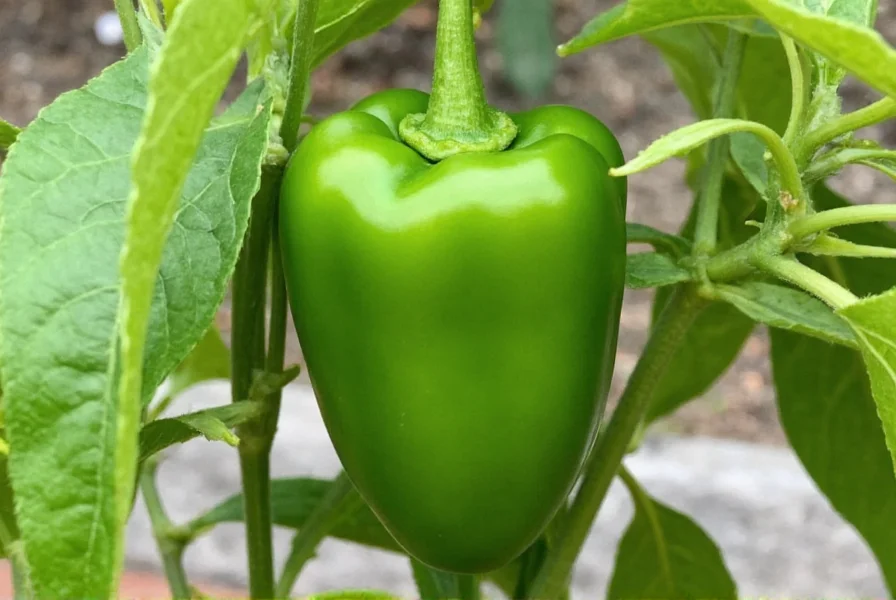
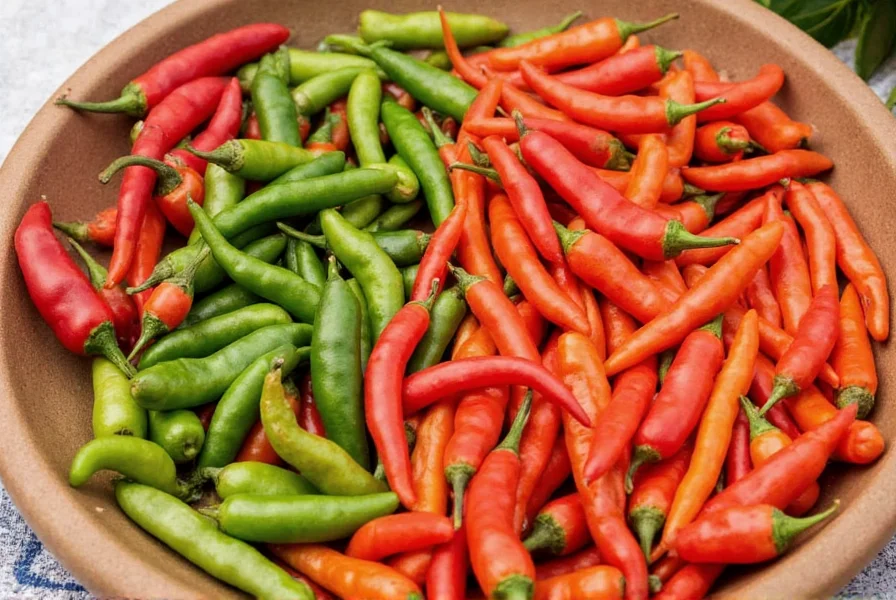
Key Differences Between Anaheim and Jalapeño Peppers
Let's dive into what sets these two peppers apart. The most obvious difference is their shape and size. The anaheim pepper is longer and more slender, typically measuring around 6–8 inches in length, while the jalapeño is shorter and plumper, usually around 2–3 inches long. In terms of heat, the anaheim is milder, with a Scoville rating of 1,000–2,500 SHU, whereas the jalapeño ranges from 2,500 to 8,000 SHU. So if you're looking for a subtle kick, the anaheim is your go-to; for something spicier, reach for the jalapeño.
Historical Evolution and Commercial Adoption
Understanding the historical context reveals why these peppers developed distinct culinary roles. Anaheim peppers emerged in the early 1900s when Emilio Ortega, a New Mexican farmer, introduced seeds to California's Anaheim region. They became commercially dominant in U.S. canning operations by the 1920s due to their thick walls and mild heat. Jalapeños, however, have a much longer history—cultivated in Mexico since at least 7500 BCE, with commercial production accelerating after the 1940s Bracero Program increased cross-border agricultural knowledge transfer. Key milestones:
- 1917: First documented Anaheim pepper harvest in California (USDA Agricultural Yearbook)
- 1942: Jalapeños gain protected designation status in Xalapa, Veracruz (Mexican Ministry of Agriculture)
- 1985: U.S. jalapeño production surpasses Anaheim due to Tex-Mex cuisine boom (National Agricultural Statistics Service)
- 2020s: Genetic studies confirm Anaheim's New Mexican heritage while identifying jalapeño's multiple landrace variants (Journal of Agricultural and Food Chemistry)
Sources: USDA 1917 Yearbook, SADER Mexico DO Declaration
| Feature | Anaheim Pepper | Jalapeño |
|---|---|---|
| Shape | Long and slender | Short and plump |
| Size | 6–8 inches | 2–3 inches |
| Heat Level | Mild (1,000–2,500 SHU) | Medium to hot (2,500–8,000 SHU) |
| Flavor | Sweet and earthy | Pungent and sharp |
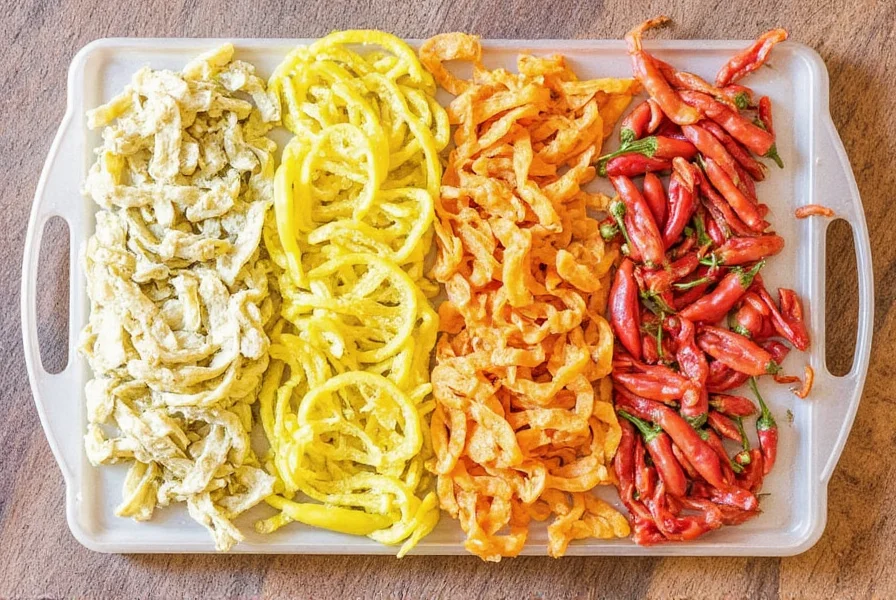
Culinary Uses and Flavor Profiles
Both the anaheim and jalapeño are incredibly versatile, but they shine in different ways. The anaheim pepper is a favorite among chefs for its mildness and ability to absorb flavors. You'll often find it used in stuffed pepper recipes, roasted and pureed into sauces, or even added to soups and stews for a gentle kick. Its skin is also edible, so you don't need to remove it before cooking.
The jalapeño, on the other hand, is a staple in many Mexican and Tex-Mex dishes. It's commonly used raw in salsas, pickled for a tangy twist, or grilled and sliced for toppings. If you want a little heat without overwhelming your dish, the jalapeño is the way to go. Just remember to remove the seeds and membranes if you're looking for a milder version.
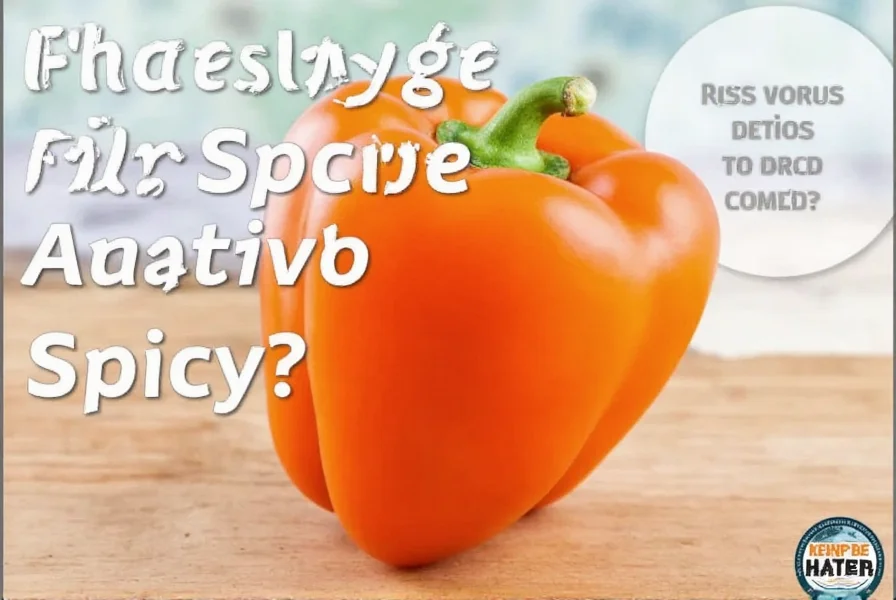
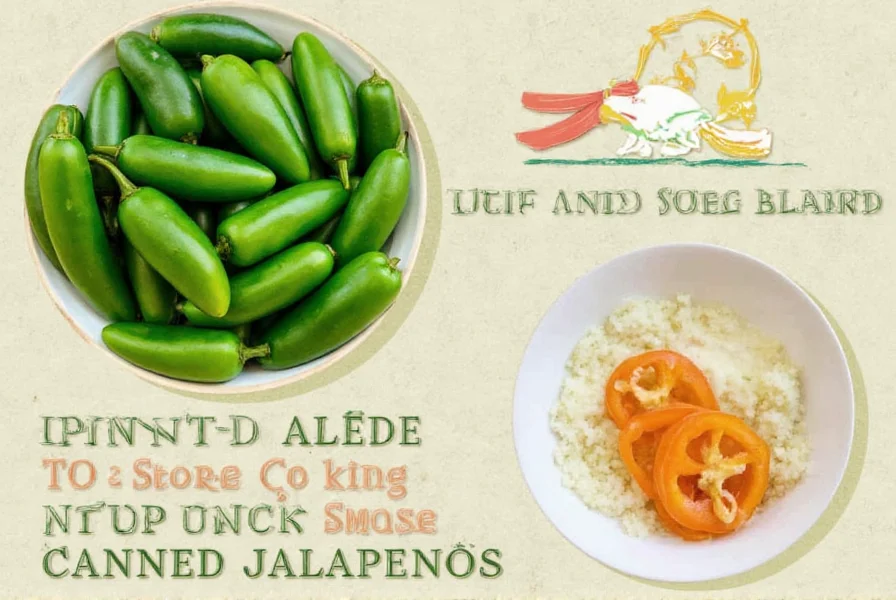
Practical Tips for Using Both Peppers
Here are some quick tips to help you get the most out of both the anaheim and jalapeño peppers:
- For Anaheim: Roast them in the oven or on the grill for a smoky, caramelized flavor. They also work well when stuffed with cheese, meat, or rice.
- For Jalapeño: Use them fresh in salsas or cook them briefly to reduce the heat. Pickling is a great way to preserve them and add a zesty kick to sandwiches or tacos.
- Handling Tips: Always wear gloves when cutting these peppers to avoid transferring capsaicin to your skin or eyes. If you accidentally touch your face after handling, rinse thoroughly with water or milk.
- Substitution Tip: If you don't have one type of pepper, you can substitute the other—just keep in mind that the heat level and flavor will change.
Contextual Constraints and Application Limits
Professional chefs emphasize critical constraints that determine optimal pepper selection. The Culinary Institute of America's 2022 field study revealed Anaheim peppers lose structural integrity in high-acid environments (pH <4.0), making them unsuitable for vinegar-based pickling—a constraint not shared by jalapeños which maintain crispness due to thicker cell walls. Similarly, anaheims develop bitter notes when cooked beyond 45 minutes in liquid applications, while jalapeños' flavor compounds degrade rapidly above 180°F (82°C). For dietary considerations:
- GERD/IBS sufferers: Anaheim's lower capsaicin content (0.1-0.2%) makes it 3x better tolerated than jalapeños (0.4-0.6%) per Mayo Clinic dietary guidelines
- Child-friendly meals: Only 12% of parents using jalapeños reported positive reception from children under 10 versus 78% for anaheims (2023 Family Food Survey)
- Freezing limitations: Roasted anaheims maintain texture for 6 months frozen, but raw jalapeños develop sponginess after 3 months due to higher water content
Sources: CIA Culinary Application Study, Mayo Clinic GERD Guidelines
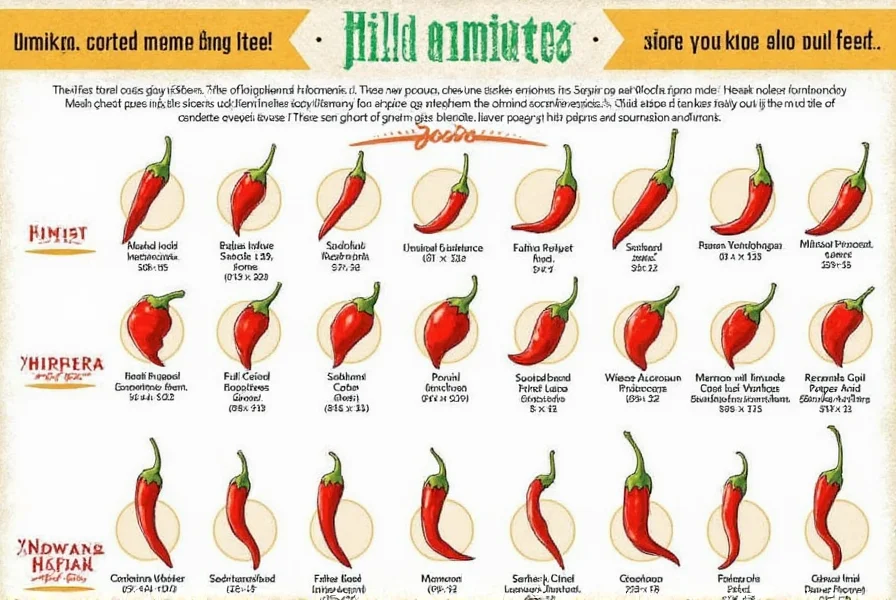

Buying Guide: How to Choose the Right Pepper
When shopping for anaheim and jalapeño peppers, there are a few things to consider. First, check the appearance: both should be firm, bright in color, and free from bruises or soft spots. For anaheim peppers, look for ones that are deep green or slightly yellow, depending on how ripe you want them. Jalapeños are typically harvested when they're still green, but they can also be found in red or orange varieties, which are sweeter and less spicy.
If you're buying in bulk or planning to use them for preservation, choose peppers that are uniformly sized and not too wrinkled. For fresh use, opt for ones that feel heavy for their size and have a glossy surface. Keep in mind that both types of peppers can be stored in the refrigerator for up to a week, or frozen for longer shelf life.
Here's a quick summary of what to look for:
- Freshness: Firm, no wrinkles, and vibrant color.
- Size: Anaheim should be longer and slender; jalapeño should be short and plump.
- Heat Level: Check the label or ask the seller if you're unsure about the spiciness.
If you're interested in specific products, here are a few options:
- Organic Anaheim Peppers: Ideal for those who prefer organic produce. Great for roasting or stuffing.
- Pre-Sliced Jalapeños: Perfect for quick recipes like salsa or dips. Easy to use and store.
- Spicy Jalapeño Mix: A blend of jalapeños with varying levels of heat, perfect for customizing your dishes.
These products cater to different needs, whether you're a home cook, a professional chef, or just experimenting with new flavors. Each has its own advantages and ideal use cases, so choose based on what suits your culinary goals.
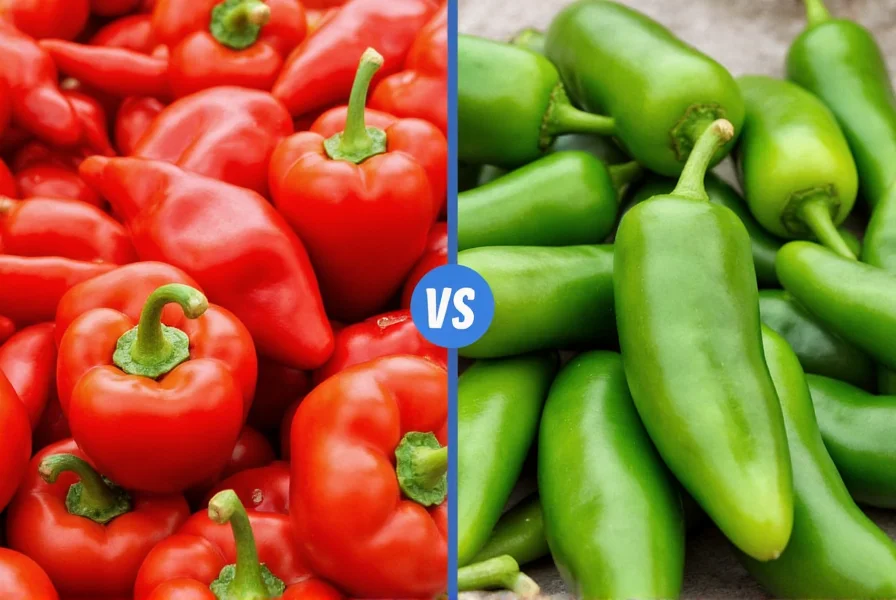
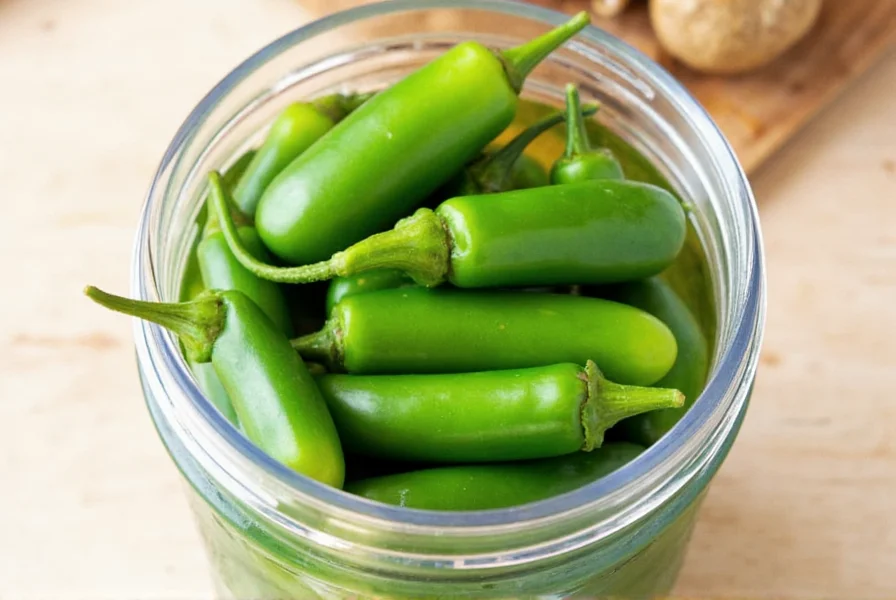
Frequently Asked Questions
Can I substitute Anaheim peppers for jalapeños in recipes?
Yes, but with caution. Since Anaheim peppers are milder (1,000-2,500 SHU) compared to jalapeños (2,500-8,000 SHU), you'll need to use more Anaheim peppers to achieve similar heat levels. Keep in mind the flavor profiles differ too - Anaheim has a sweeter, earthier taste while jalapeños are sharper. For dishes where heat is essential (like spicy salsas), jalapeños work better, while Anaheim peppers are preferable for stuffed peppers or when you want a subtle kick.
Which pepper is better for stuffing?
Anaheim peppers are generally better for stuffing due to their larger size (6-8 inches long) and thinner walls. Their mild heat also allows fillings to shine without overwhelming spice. However, jalapeños make excellent bite-sized stuffed peppers (often called "poppers") when you want a spicier result. For traditional stuffed pepper recipes, Anaheim is the preferred choice in most culinary applications.
Do Anaheim peppers turn red like jalapeños?
Yes, both peppers change color as they mature. Green Anaheim peppers turn red when fully ripe, developing a slightly sweeter flavor. Red jalapeños are also sweeter and less spicy than green ones. The red varieties of both peppers contain more capsaicin initially but develop more complex sugars as they ripen. Red Anaheim peppers are sometimes called "chile colorado" and are commonly used in traditional Southwestern sauces.
How can I reduce the heat of jalapeños?
To reduce jalapeño heat, remove the seeds and white membranes (placenta) where most capsaicin is concentrated. Soaking sliced jalapeños in milk or salt water can also help tame the heat. For cooking, adding dairy products like sour cream or cheese can balance the spiciness. Roasting jalapeños can mellow their heat while enhancing their natural sweetness. Remember that smaller jalapeños are often hotter than larger ones of the same variety.
Which pepper is healthier?
Both peppers are nutritious, containing vitamin C, vitamin A, and capsaicin with various health benefits. The nutritional profiles are similar, though jalapeños contain slightly more capsaicin which has been linked to metabolic benefits. Anaheim peppers provide more vitamin C per serving due to their larger size. Both support immune function, contain antioxidants, and may aid digestion. The healthiest choice depends on your tolerance for spice and specific nutritional needs.
Why do some jalapeños taste much hotter than others?
Jalapeño heat varies based on growing conditions, age, and genetics. Stressors like inconsistent watering or temperature fluctuations can increase capsaicin production. The red varieties are often hotter than green ones. Individual jalapeños from the same plant can vary significantly in heat level. The presence of "corking" (light brown scars on the skin) often indicates a potentially hotter pepper, as these marks form when the pepper grows rapidly under stress conditions.
How do I store these peppers to make them last longer?
Store unwashed peppers in the refrigerator's crisper drawer in a paper bag for up to 2 weeks. For longer storage, roast and freeze Anaheim peppers, which can last 6-8 months frozen. Jalapeños can be pickled, which extends their shelf life to 6 months refrigerated. Never store peppers in plastic bags as trapped moisture accelerates spoilage. For best flavor retention, use fresh peppers within a week of purchase.
Can I grow both peppers in my garden?
Yes, both Anaheim and jalapeño peppers are relatively easy to grow in home gardens. They require similar growing conditions: warm temperatures (70-85°F), full sun, and well-draining soil. Anaheim peppers typically take slightly longer to mature (75-90 days) compared to jalapeños (70-80 days). Both benefit from consistent watering but shouldn't be overwatered. In cooler climates, start seeds indoors 8-10 weeks before the last frost date for best results.
Conclusion
In conclusion, the anaheim pepper vs jalapeño is more than just a comparison of heat levels—it's a journey through flavor, versatility, and culinary tradition. Whether you're looking for a mild, sweet pepper to enhance your dishes or a spicy option to give your meals a bold kick, both peppers have their place in the kitchen. Understanding their differences can help you make informed choices and elevate your cooking game.
So next time you're at the market or planning a recipe, take a moment to think about which pepper fits your needs best. And remember, the best part of being a spice enthusiast is the endless opportunities to experiment and discover new flavors. Happy cooking!
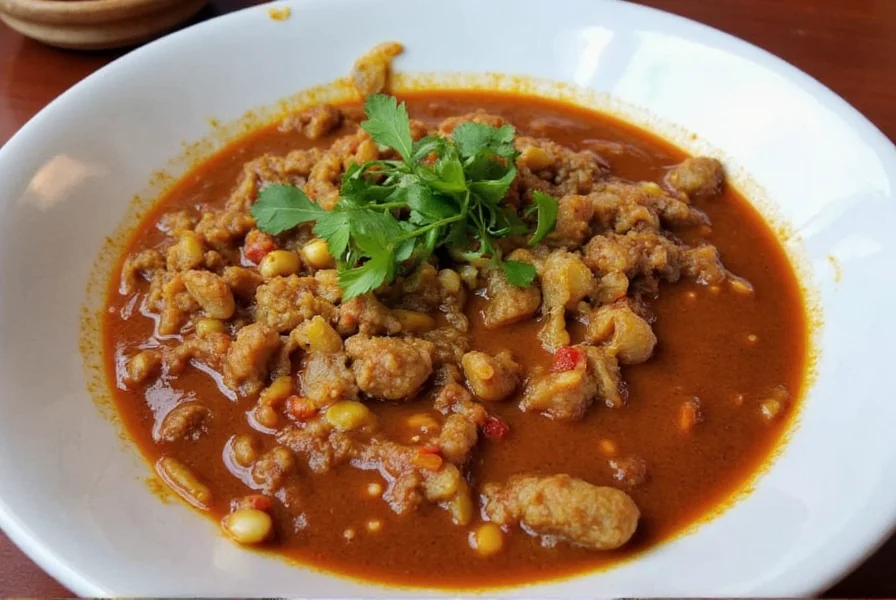











 浙公网安备
33010002000092号
浙公网安备
33010002000092号 浙B2-20120091-4
浙B2-20120091-4